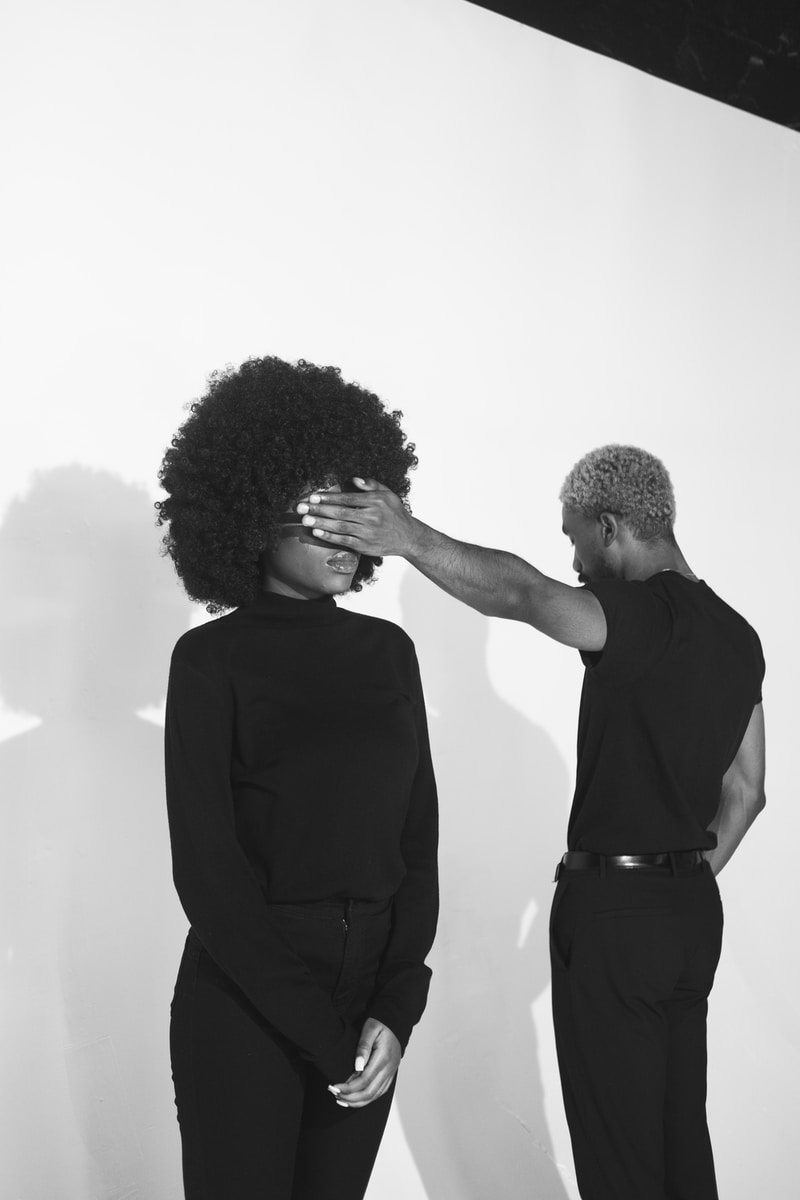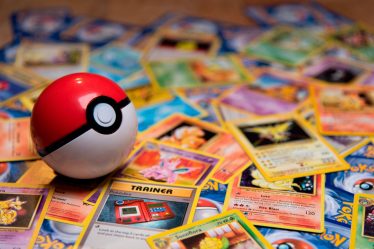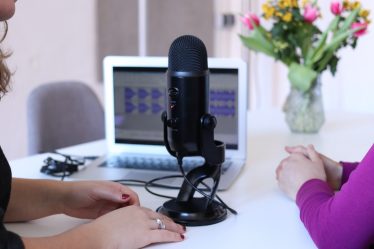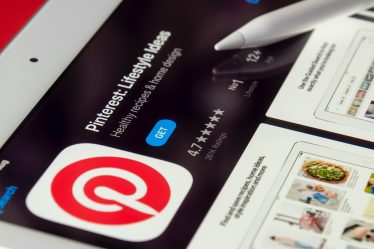
Jeanie Annan Lewin is a well-known name in the fashion world as a stylist and creative head of Perfect magazine. Since her time at Tatler, she’s made a lot of progress.
Jeanie Annan Lewin has 20k Instagram followers. She is also the creative director of Perfect magazine. This biannual magazine was edited by Katie Grand and launched in a frenzy with Issue Zero in March. Annan-Lewin is a fashion success story, at least on paper. However, it isn’t always that easy. She says, “As Black woman, I’m constantly told it’s no for me, and then I am used to be the blueprint for everything else.” “Black women in fashion aren’t allowed to express themselves creatively.”
Annan-Lewin, who works with Perfect, is trying to find a new way to do things. She says fashion is wonderful and very inclusive. “Katie, I try to be thoughtful and inclusive. We are not making things to make them. You can’t do things for shits or giggles anymore.”
Annan-Lewin is a down-to-earth person, but she can sometimes use the exuberant language of the fashion industry. The first issue, she says, was like a piece of art. It was a piece of art that we felt passionately about. Annan-Lewin, who was promoted to fashion director and then to creative director for this issue, worked on or oversaw five shoots. These included one with new talent from Ghana, as well as a Night Tales shoot featuring photographs of Burberry’s collection by Hazel Gaskin at twilight in Hampstead Heath.
The most talked about shoot is Body Language. Solve Sundsbo photographed the models, who were partially naked and viewed from various angles. It reminded me of a Jenny Saville portrait. Annan-Lewin felt a personal connection with this shoot. “I’m an overweight Black woman who works in an industry that doesn’t sell clothes to my customers,” she said. But the relevance of the images goes beyond her own experience. She says that while the images might make some people uncomfortable, they can also make you feel uncomfortable about your body. That’s something to ask yourself.
She also stated that she finds body positivity difficult. She says, “I don’t subscribe to [it] not because I don’t believe in it, but because it’s something that has been coopted in this strange way. It was founded by Black women. But you don’t see Black women in the forefront of it because it’s not palatable.”
Annan-Lewin was born in London, and studied art history. Her first job was as an intern for Tatler, where she assisted Isabella Blow, the legendary fashion editor. She says, “I called up because I sound posh on the phone and not Black.” “They were a bit confused when I came in because I was not 5ft 11in tall and blond. “I have never forgotten the face of that person.”
Blow recognized her talent. The stylist says that she saw her talent when she was leaving Tatler. “It was the most kindest thing anyone could have ever said.”
Annan-Lewin worked as a freelancer for many years after she left Tatler. She has worked with celebrities, brands, magazines, and even Grand at Love, her biannual. She laughs, “Someone called me a cult favorite and I found that really offensive. But now I’m more open to it.” “I never had the opportunity to do it, and now I’m getting my moment even though it’s in very unusual circumstances.”
Annan-Lewin’s rise to prominence is part a larger shift in fashion media that allows people of color to finally be in positions of power and influence. British Vogue recognized this in 2017 with the appointment of Edward Enninful as editor in chief. Since then, the magazine has employed a wider range of people. This is also true at Dazed, where Ib Kamara and Lynette Nylander were respectively named editor in chief and executive editorial director .earlier this year. Lindsay Peoples Wagner, editor in chief of Teen Vogue, was promoted to the same post at .the Cut in 2018. In 2020, Samira Nar, the first Black woman, was named editor-in-chief at Harper’s Bazaar.
Annan-Lewin feels part of a larger change? “During the pandemic everyone was saying, “ooh it’s a bit strange how fashion is so one-sided and there aren’t that many people who are of colour.” She says “Honestly that if those conversations hadn’t taken place, I wouldn’t be where I am today. It’s both strange and good. I am actively trying to be a voice for change.”




